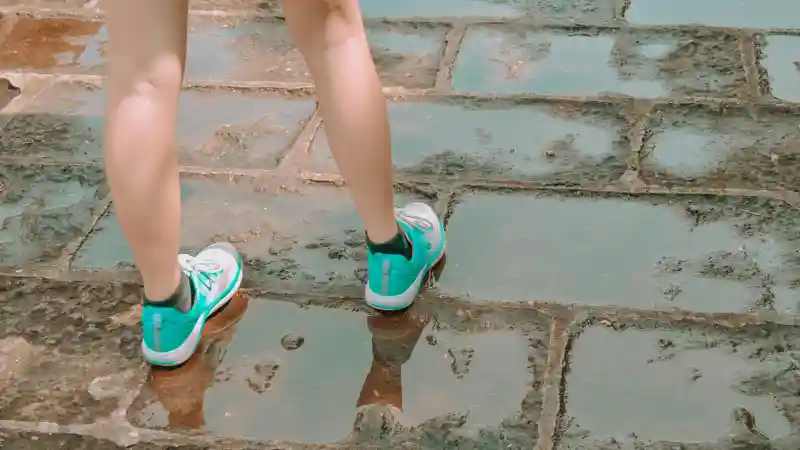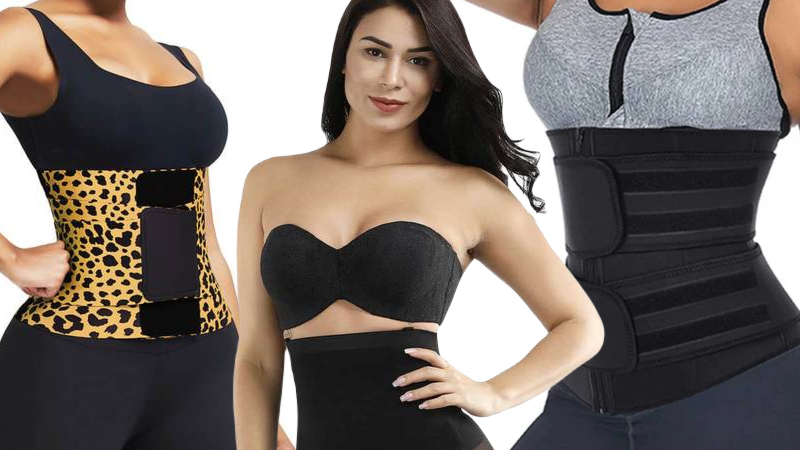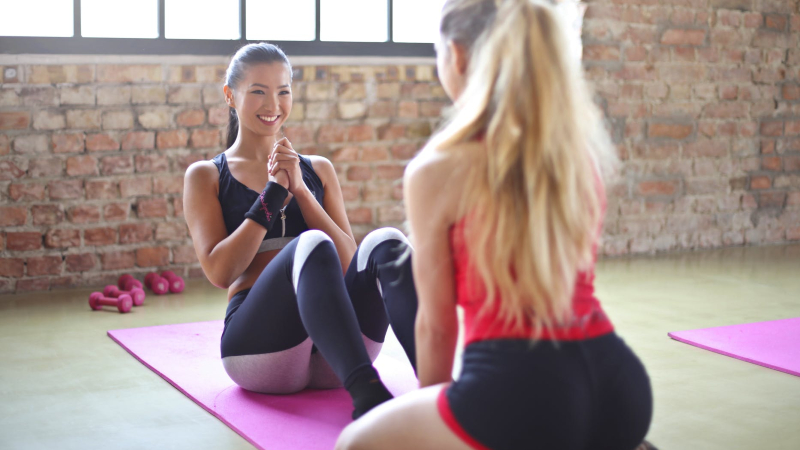Disclosure: This post may contain affiliate links, meaning we get a commission if you decide to make a purchase through our links, at no cost to you. Please read our disclosure for more info.
Barefoot-style running shoes have grown in popularity with runners seeking a more natural stride. But are they actually good for you—or just a passing trend?
This guide breaks down the key facts so you can decide if they’re the right fit for your feet.
What Are Barefoot-Style Running Shoes?
Barefoot-style running shoes aim to mimic the feeling of running without shoes while still offering minimal protection.
They’re part of the “minimalist” footwear category, which encourages natural movement and foot strength.
Unlike traditional running shoes with thick soles and arch support, barefoot shoes are designed to be:
- Lightweight
- Flexible
- Flat (zero-drop from heel to toe)
- Low to the ground
- Wide in the toe box
They don’t force your feet into a shape—they let your feet move as they would if you were barefoot.
These shoes aren’t about cushioning. They’re about reconnecting your stride with the ground.
A good example of this design philosophy is the Xero Shoes HFS Original. It features their signature FeelTrue® sole, built to deliver flexibility, ground feedback, and a natural running feel. With a wide toe box, zero-drop heel, and thin sole, it closely mirrors a barefoot experience while still offering the protection of a shoe.
Key Characteristics of Barefoot Shoes
- Thin soles (typically under 10 mm)
- Zero heel-to-toe drop
- No arch support
- Foot-shaped design
- High flexibility for natural motion
These traits promote proprioception—your body’s awareness of its position and movement.
Minimalist vs Traditional Running Shoes
Traditional running shoes prioritize comfort and impact absorption. They include features like:
- Elevated heels
- Rigid soles
- Structured arch support
Minimalist shoes, by contrast, strip away extras to allow your body to handle its own shock absorption and movement control.
Both have their place—but they serve very different functions.
Pros of Barefoot-Style Running Shoes
Many runners report positive changes after switching to barefoot-style shoes.
Let’s look at what they’re gaining—and why.
Improved Foot Strength
Barefoot shoes let your feet work harder.
Without artificial support, muscles in your feet and lower legs must engage more. Over time, this can lead to:
- Stronger arches
- Better stability
- Improved foot health
Stronger feet may also reduce the risk of certain injuries, such as plantar fasciitis.
Enhanced Ground Feel and Balance
Because barefoot shoes have thin soles, they improve your connection with the ground.
You feel more of each step, which sharpens balance and spatial awareness. This improved feedback helps you adjust your stride in real time, potentially improving form.
Potential for Better Running Form
Thick-soled shoes encourage a heel strike. Barefoot shoes, by contrast, promote a midfoot or forefoot strike.
This shift often results in:
- Softer landings
- Reduced impact forces
- Increased cadence (steps per minute)
That said, form change doesn’t happen automatically—you still need to train for it.
Cons and Potential Risks
Barefoot-style shoes aren’t a fix-all. They come with trade-offs and potential downsides, especially if used improperly.
Injury Risk When Transitioning
Your body isn’t used to the demands of barefoot-style running. Switch too quickly and you risk:
- Calf strain
- Achilles tendon issues
- Stress fractures
Most injuries result from doing too much, too soon. A gradual approach is crucial.
Limited Cushioning and Protection
With little padding, barefoot shoes don’t absorb shock like traditional runners.
This can be a problem on:
- Hard pavement
- Rocky trails
- Long-distance runs
You may also feel every pebble, stick, or sidewalk crack.
Not Ideal for All Terrain or Conditions
Barefoot shoes are best on smooth or forgiving surfaces.
They’re less effective on:
- Wet or icy ground
- Sharp gravel
- Uneven terrain with hidden obstacles
Weather also matters—barefoot shoes offer little insulation in cold or rain.
Who Might Benefit from Barefoot Running Shoes?
Barefoot-style shoes aren’t for everyone. But they might be a good choice if you:
- Have strong, healthy feet
- Run mostly on trails or soft surfaces
- Want to improve your running mechanics
- Prefer a lightweight, natural feel
- Experience discomfort in bulky running shoes
However, runners with flat feet, prior injuries, or stability issues should proceed cautiously—possibly with professional guidance.
Transitioning Safely: Tips for New Users
If you’re curious about barefoot shoes, start slow. Use these tips to reduce injury risk:
- Walk before you run. Spend time walking in them to build foot strength.
- Shorten runs. Begin with 5–10 minutes of running and increase gradually.
- Strength train. Focus on calves, ankles, and foot muscles.
- Alternate shoes. Use barefoot and traditional shoes in rotation.
- Listen to your body. Discomfort is normal at first—pain is not.
Full adaptation can take weeks or months, depending on your running history and foot health.
Final Thoughts: Should You Try Barefoot-Style Shoes?
Barefoot-style running shoes can be a good idea—but only if used correctly.
They offer real benefits for foot strength, running form, and ground connection. But they’re not magic. They require patience, attention, and proper use.
If you’re willing to transition gradually and listen to your body, they might be worth trying.






